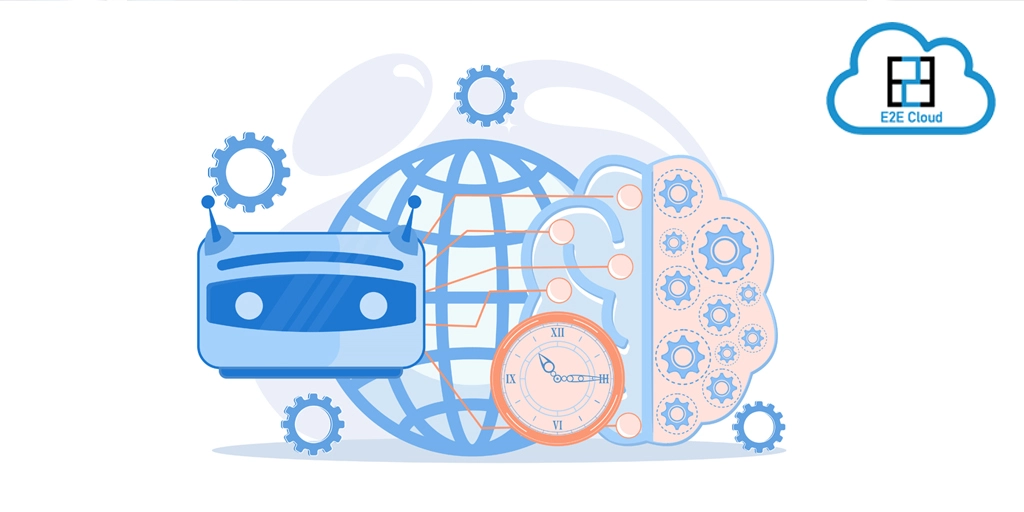Plan a Cloud-based Architecture Project for Your Company
The Most Common Misunderstandings of Your CEO about a Cloud-based Architecture?
Align the CEO’s Vision with Yours for Cloud-based Architecture
The CEO of your company encourages you to adopt a cloud-based enterprise framework. However, it is not working as smoothly as it was anticipated. This is a problem faced by many organizations and the reason is the discrepancy between the CEO’s view of the cloud and reality. It is often seen that CEOs are more optimistic about the cloud’s power and potential than other C-suite executives. In essence, the CEOs sometimes misunderstand the functions of the cloud.
The CEO's perspective on cloud
The CEOs are concerned about three primary aspects – growth of the company, cost control, and tight cybersecurity. These aspects somewhat influence how CEOs understand the cloud.
- First, CEOs think of the cloud as a means to save money. Cloud is thought to eliminate the costs of managing data centers that involve costs associated with hardware, software, operations and so on.
However, in reality, the cloud does not cut costs, and often it brings in additional costs for security, and data privacy, which are likely to be more expensive than physical data centers where the company owns software licenses and the hardware.
Rather, the cloud should be seen as an elastic medium with on-demand features that can help the company run the business smoothly. Consequently, the cloud is not a replacement for data centers. The architect needs to consider the company’s technological infrastructure and remodify it accordingly.
- Second, the cloud is often associated with vendor independence. Conventional data-center models frame companies into vendors’ software and hardware. This comes with a price tag and a huge risk from a strategic and technical perspective.
Since signing up to the cloud is simple, it is often perceived that changing the suppliers is simple as well. This is supported by the fact that Kubernetes and containers can operate on both public and private clouds.
Lock-in, however, plays a similar role in the cloud. Applications and workloads can hardly ever be moved between platforms due to proprietary APIs, and switching providers for data is too costly due to bandwidth and network expenses.
The architect may respond to this by designing a two-cloud architecture for specific functions – one for computation and the other as a storage unit and processing of data, for example. However, the challenge lies in ascertaining that these clouds could be managed as a single infrastructure.
- Finally, CEOs consider the cloud very secure. In reality, it is generally more secure than the data centers which often experience IT breaches due to human error, which may lead to billion-dollar data thefts. Cloud service providers have designated security handlers who can foresee potential threats to the cloud and handle them prematurely.
However, CEOs need to understand that risk does not completely go away with the cloud. Rather, the risk evolves. Therefore, it requires constant monitoring to detect threats and respond immediately to mitigate the risks.
Planning your architecture project
As an architect, you should implement a three-stage operation for your cloud-based architecture.
1.One step at a time – The foundation of an architectural project needs to have clarity and a vision with clear steps to reach it. Juggling everything together is high risk and therefore, the optimal way to do it is to approach it cautiously by completing objectives one at a time.
2.Use metrics to assess your progress – As an architect you should be able to deliver what you have promised. If not, support from the C-suite executives is compromised. Therefore, use metrics to measure how much you have delivered and how much is yet to be delivered. The progress report should be produced in a way the C-suite executives understand.
3.Evolve as you go – Use the cloud interface as a means to create something. As you work with the C-suite, make them understand the cloud’s objectives and value in a way they understand and let them appreciate the cloud-based enterprise architecture as a work in progress.
Conclusion
Being the architect, you should try to make the CEO understand the true potential of the cloud. This is difficult to achieve but will eventually happen, once the CEO appreciates your vision with the architecture. This will let the CEO see past the differences and align their perspective with yours regarding the company’s vision.


.png)







